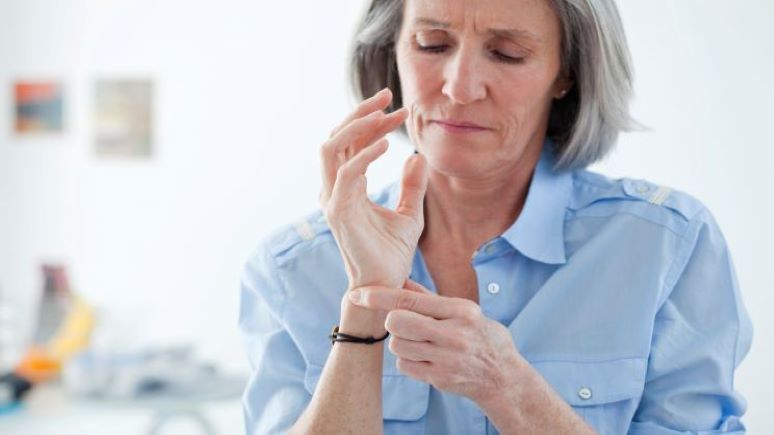Arthritis is a general term for several different conditions. It means “inflammation of the joints.” Osteoarthritis, also known as OA, is the most frequently occurring form of the disease. It affects millions of people all over the world. It develops due to the breakdown of cartilage in joints that occurs over time, also known as “wear and tear.” Osteoarthritis typically occurs in the body’s joints that bear weight: the knees, hips, and spine. It also commonly affects the neck, fingers, and thumb. Other joints are not usually affected unless they have been previously injured or stressed or another disorder of the joint cartilage exists.
Prevalence
Osteoarthritis is one of the most common joint disorders in the world. Symptomatic osteoarthritis occurs a little more often among the female population. Still, the chances of its development are almost equal in the elderly population. After the age of 60, about 9% of men and 14% of women have osteoarthritis. These numbers are believed to be increasing due to the aging of the population and the obesity epidemic. The joints in the hands, neck, lower back, knees, and hips are most commonly affected by osteoarthritis.
Osteoarthritis causes
The ends of the bones in our joints are cushioned with cartilage. Cartilage is firm tissue, but it is also slippery, so the bones that meet each other can glide back and forth smoothly within the joint. In osteoarthritis, the smooth slick cartilage is deteriorated and becomes rough, making movement difficult and painful. If it wears entirely away, eventually, the bone will rub on bone inside the joint.
Classification of osteoarthritis
Depending on whether or not there is an identifiable underlying cause, osteoarthritis is commonly classified into primary and secondary.
Primary:
- generalized nodal osteoarthritis
- erosive osteoarthritis (aggressive inflammatory form)
Secondary: results from any other major disease or condition (such as sepsis, obesity, etc.).
There are also several other grading systems: The Western Ontario and McMaster Universities Osteoarthritis Index (WOMAC) and the clinical classifications (Outerbridge) system.
Osteoarthritis risks
Certain factors may increase the likelihood of you developing osteoarthritis. These include:
- Your age: The older you are, the greater your risk of developing osteoarthritis.
- Your gender: Women are more at risk for OA than men.
- Your weight: Being overweight puts you at risk for osteoarthritis by putting additional stress on weight-bearing joints. Fat tissue also forms proteins that may create inflammation around and in the joints.
- Your history: Your OA risk may increase if you have a history of past joint injuries or trauma, such as sports injuries or injuries from a fall or other accident.
- Your occupation: Jobs that include repetitive motions cause extra stress to joints and can increase the risk of osteoarthritis in those joints.
- Your family history: When someone in your family has or had OA, you may be more likely to develop the condition.
- Your bones: Having joints that are malformed or cartilage that is defective can increase the risk of OA. These conditions can be present at birth.
- Other conditions: Other diseases such as diabetes, rheumatoid arthritis, and gout can increase your chances of developing osteoarthritis.
Click Here to read about Symptoms.
















Leave a Reply
You must be logged in to post a comment.